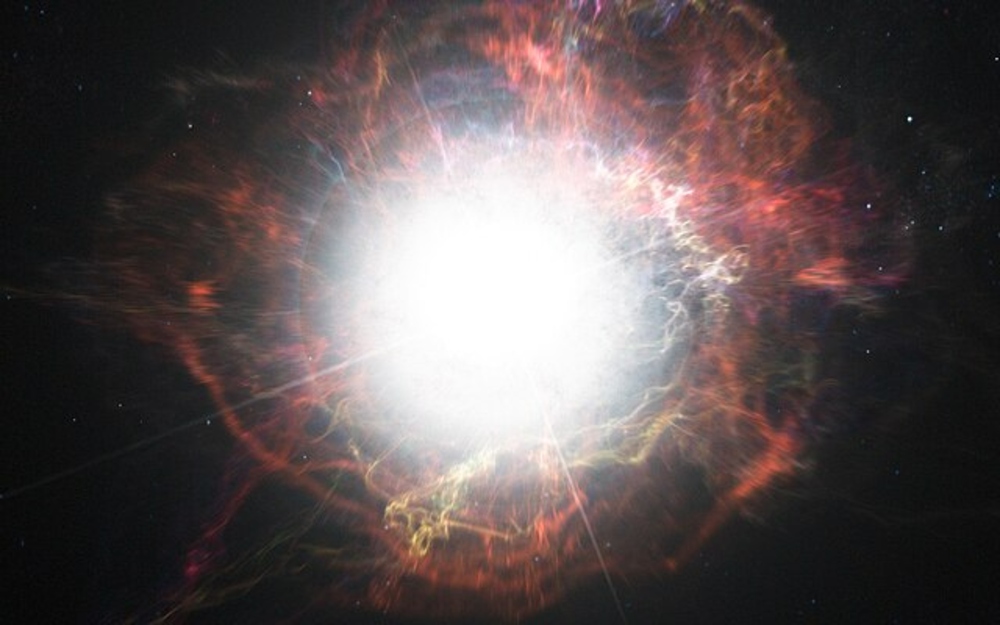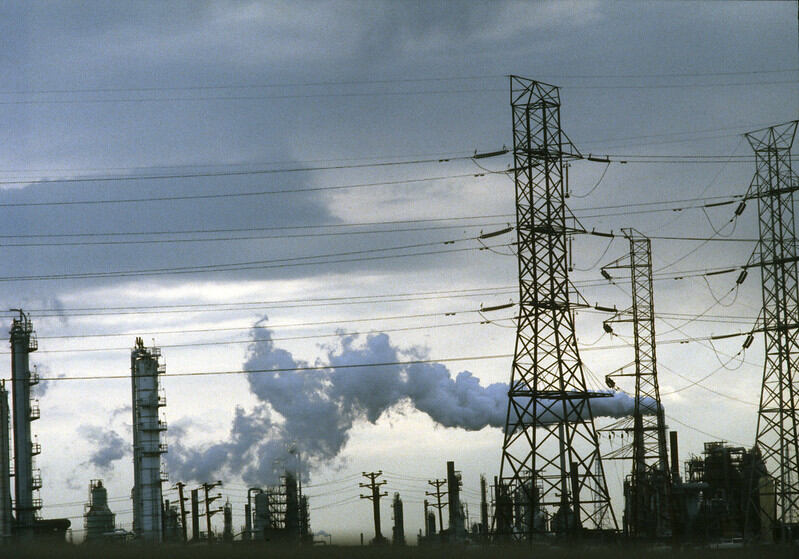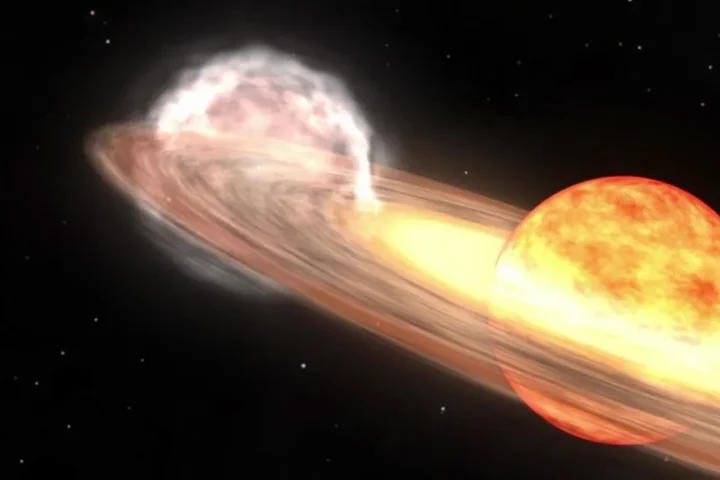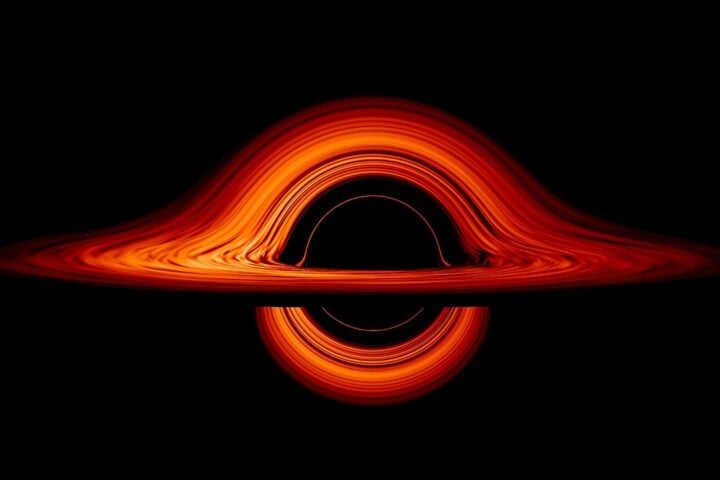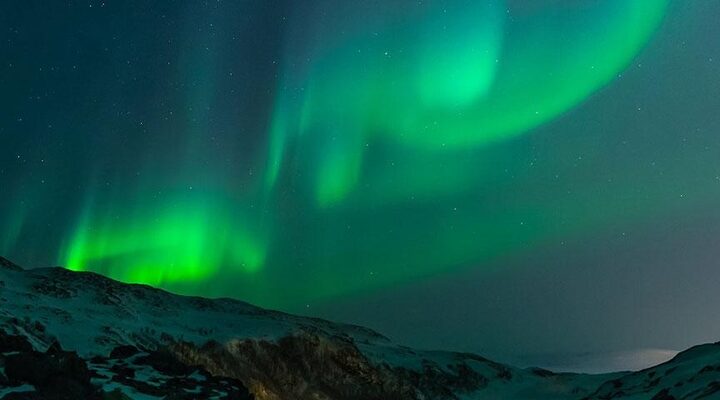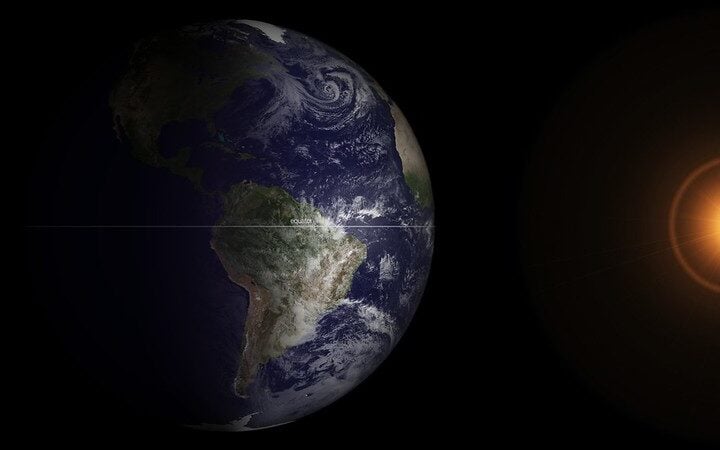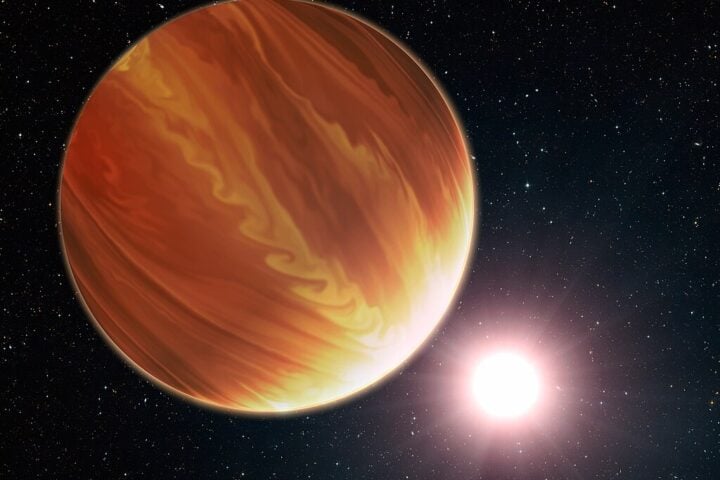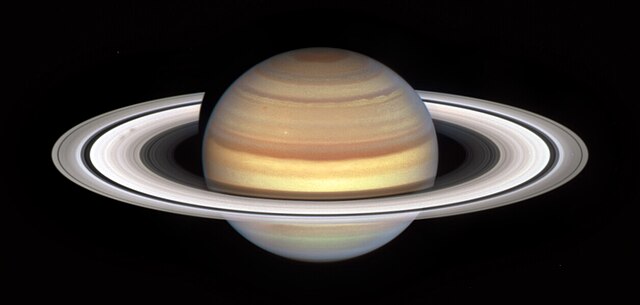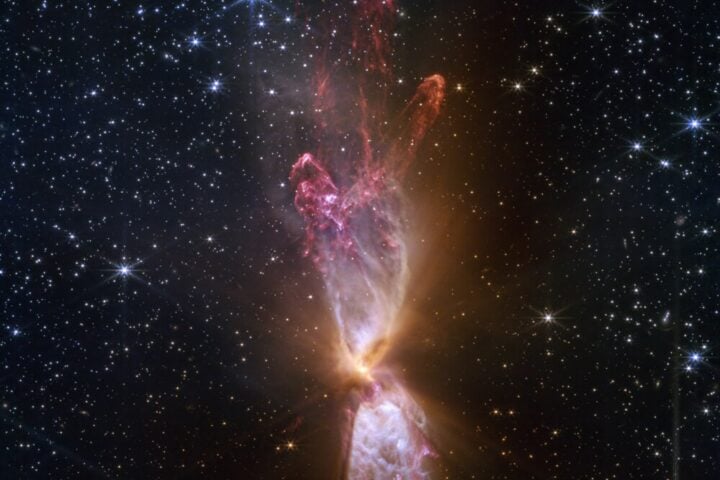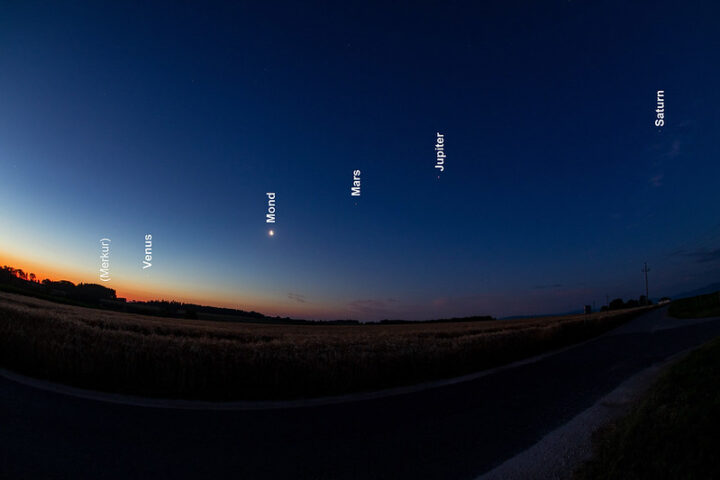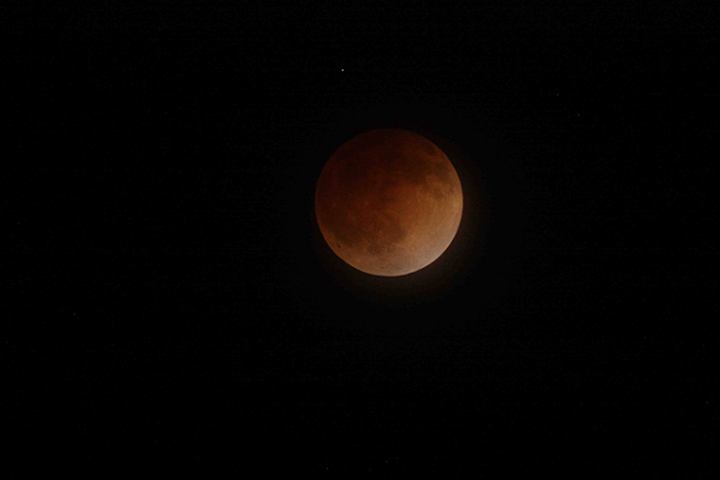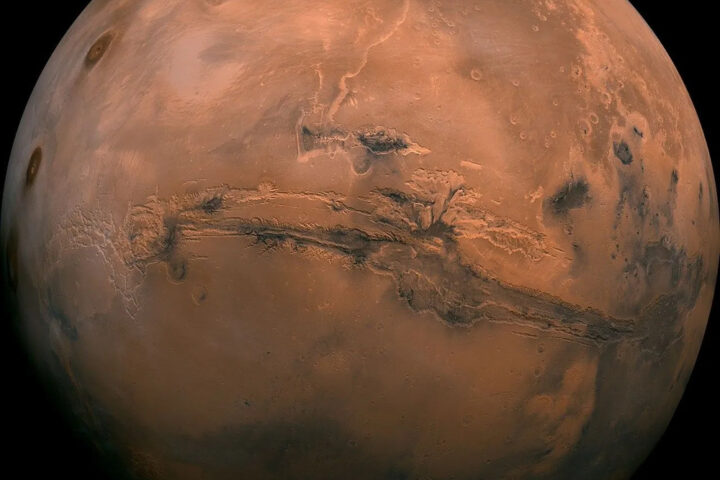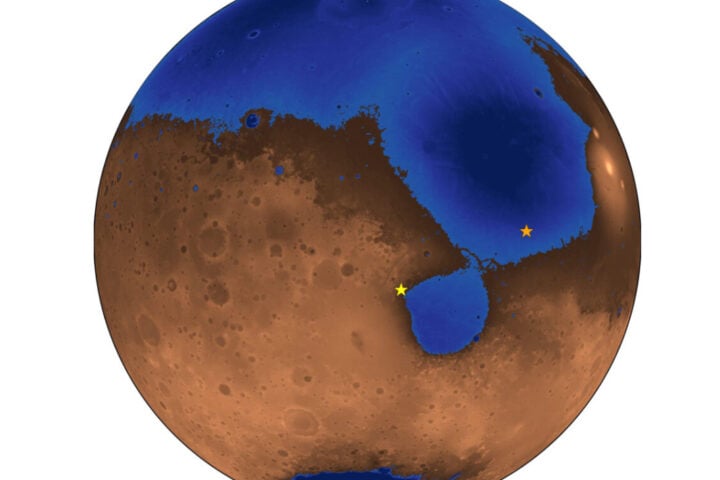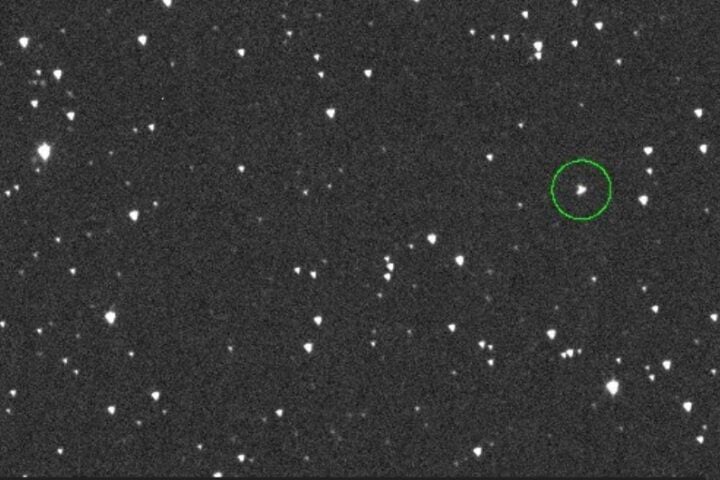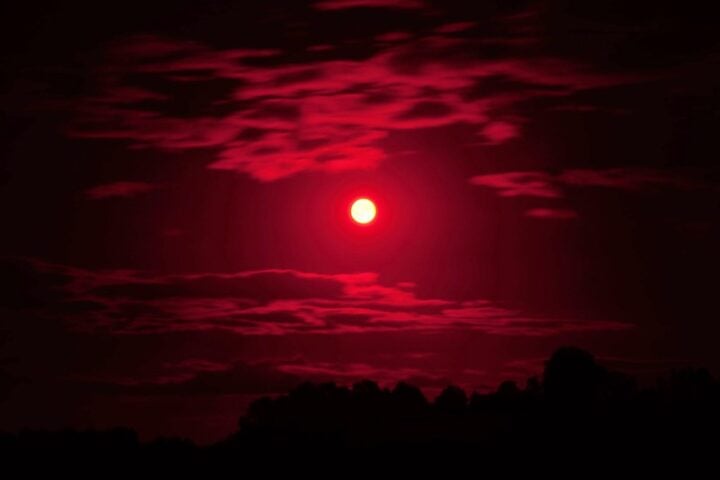Scientists have uncovered compelling evidence of ancient stellar explosions that rained debris onto Earth and the Moon, with deep-sea sediments revealing traces of radioactive isotopes from both supernovae and kilonovae events.
Star Explosions Left Traces in Our Backyard
Research led by Brian Fields, an astronomer at the University of Illinois Urbana-Champaign, has found that Earth contains the remnants of cosmic explosions dating back millions of years.
“We live in a supernova graveyard,” Fields stated during his presentation at the 2025 American Physical Society Global Physics Summit. His team discovered that radioactive isotopes from these stellar explosions “accumulate in the depths of the ocean, and they’ll also hang onto the moon.”
Two Key Discoveries Rewriting Cosmic History
The research centers on two major findings:
1. Plutonium-244: Evidence of a Nearby Kilonova
Scientists detected plutonium-244, a long-lived radioactive isotope with an 80-million-year half-life, in deep-sea sediments. This isotope forms primarily during the rapid neutron-capture process (r-process) that occurs when neutron stars collide in kilonovae events.
The presence of plutonium-244 suggests a kilonova explosion occurred relatively close to our solar system approximately 10 million years ago—much closer than the GW170817 kilonova observed in 2017 at a distance of 130 million light-years.
2. Iron-60: Supernova Fingerprints
Researchers also found elevated levels of iron-60, a radioactive isotope with a 2.6-million-year half-life that forms during supernova explosions. This indicates that separate supernova events occurred around 100,000 and 1 million years ago.
“This is direct observational evidence that supernovas are radioactivity factories,” Fields explained.
Similar Posts:
The Cosmic Elements Factory
These stellar explosions are crucial for creating heavy elements throughout the universe:
- Supernovae primarily produce elements up to iron
- Kilonovae generate elements heavier than iron through the r-process, including gold, platinum, and plutonium
As Fields described the process: “We had a kilonova that made plutonium—like it loves to do—and blasted it all over the place. Then, with the stirring of material by a supernova, it got all mixed up, and some of that fell to Earth.”
Moon Samples: The Next Research Frontier
While Earth samples have yielded valuable data, researchers believe lunar soil could provide even clearer evidence due to the Moon’s lack of atmosphere, weather, and geological activity.
“On Earth, things sink to the bottom of the ocean, and you have to worry about currents and the atmosphere,” Fields told Live Science. “But the moon is awesome because when stuff lands, it just lands.”
The research team hopes that upcoming Artemis missions will provide access to lunar samples that could confirm their findings and offer more precise dating of these cosmic events.
“We’re writing papers to prove to the Artemis community that this is something to seriously think about,” Fields said. “The samples are coming back anyway. We just want to piggyback off of it.”
Local Bubble: Our Cosmic Neighborhood
These discoveries provide insight into our local cosmic environment, known as the Local Bubble—a region of low-density, hot gas surrounded by denser, cooler gas. Scientists believe this bubble formed from a series of supernova explosions within the last few million years.
The radioactive isotopes found on Earth likely came from supernovae that exploded within this Local Bubble, helping astronomers better understand our galactic neighborhood’s history.
